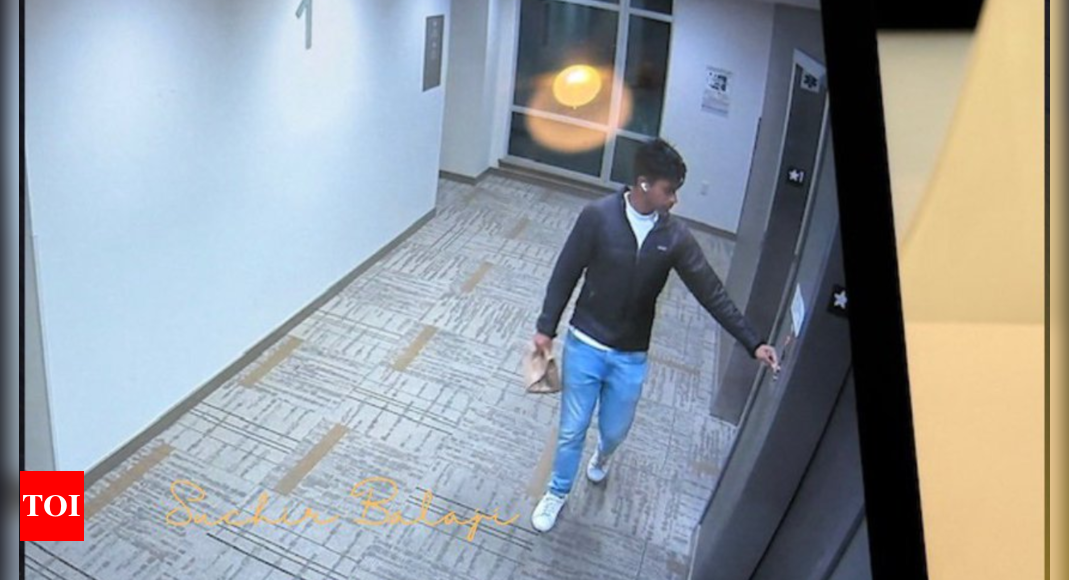Suchir Balaji’s Mother Shares Photo from the Day of His Death, Accuses of ‘Murder Conspiracy’

Investigation into Suchir Balaji’s Death
Background of Suchir Balaji
Suchir Balaji, a notable figure in the tech industry, was known for his outspoken stance against certain practices in artificial intelligence. An alumnus of UC Berkeley, he had a successful career at OpenAI beginning in 2020, where he played a key role in the development of foundational projects leading to ChatGPT. However, his time at the company ended in August 2023 when he resigned, citing ethical concerns over copyright issues. Tragically, just weeks later, Balaji was found dead in his San Francisco home on November 26, soon after celebrating his 26th birthday.
Family’s Allegations
The circumstances surrounding Balaji’s death have ignited controversy, particularly from his mother, Poornima Rao. She has consistently questioned the official conclusion regarding her son’s death, asserting that there may have been foul play involved. On the social media platform X, Rao shared an image of Balaji taken shortly before his death and raised doubts about the medical investigations that deemed his death a suicide.
While sharing the CCTV footage of Balaji at dinner on the day he died, she criticized the Office of the Chief Medical Examiner (OCME) for concluding that Balaji’s death was due to depression and a self-inflicted gunshot wound. Rao highlighted discrepancies in the toxicology reports, specifically regarding the presence of GHB (Gamma-Hydroxybutyric acid), suggesting that the levels detected were not enough to support the conclusion of suicide. She argued that higher levels combined with alcohol could have resulted in loss of muscle control, raising questions about the circumstances of his death.
Concerns Over Evidence and Surveillance
Rao’s concerns extend to the evidence surrounding the case, particularly with the CCTV surveillance around Balaji’s apartment. She pointed out that some cameras stopped functioning at critical times. This has led her to believe that the death might be part of a well-planned conspiracy. In her posts, she recounts other users’ sentiments aligning with her belief that Balaji did not take his own life.
In previous communications, Rao stated her disagreement with the initial findings of the OCME’s autopsy report, which she described as containing numerous inconsistencies. The family has pursued further testing, sending recovered hair samples to a lab for analysis as they continue to seek the truth behind Balaji’s death.
Official Findings and Ongoing Investigation
Despite the family’s claims, the San Francisco Police Department (SFPD) and OCME have maintained their stance, declaring Balaji’s death a suicide. They released a detailed report indicating that there was insufficient evidence to classify the case as a homicide. According to the SFPD’s investigation, they found no credible evidence contradicting the conclusion made by the medical examiner.
The controversy surrounding Balaji’s death has even garnered attention from influential figures, including Elon Musk, who suggested doubts about the official narrative. Musk’s comments on social media expressed concern over the circumstances of Balaji’s death, further fueling public interest and speculation regarding possible misconduct in the investigation.
Implications of Balaji’s Death
Suchir Balaji’s death raises significant questions regarding accountability in the tech industry, especially concerning ethical practices in AI development. His outspoken critiques before his death have prompted discussions about the impact of corporate practices on individual employees and the ethical implications of technology development.
Moreover, the allegations of conspiracy and the quest for justice by Balaji’s family highlight broader issues surrounding the transparency of investigative processes, the reliability of forensic evidence, and the lengths to which families will go to uncover the truth in the face of official findings. The ongoing investigation will likely continue to evolve as more information surfaces and families push for definitive answers.






